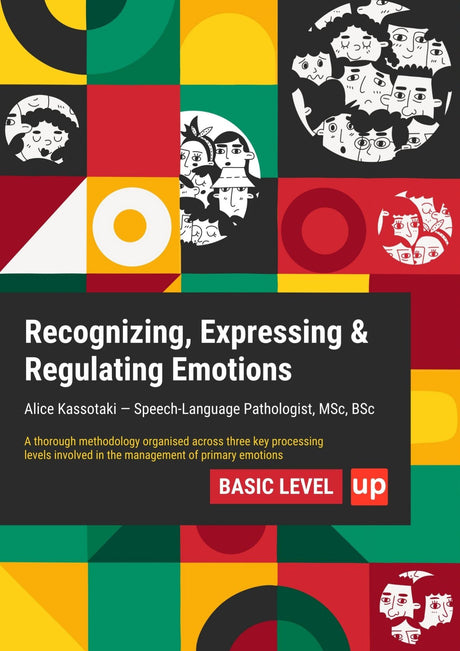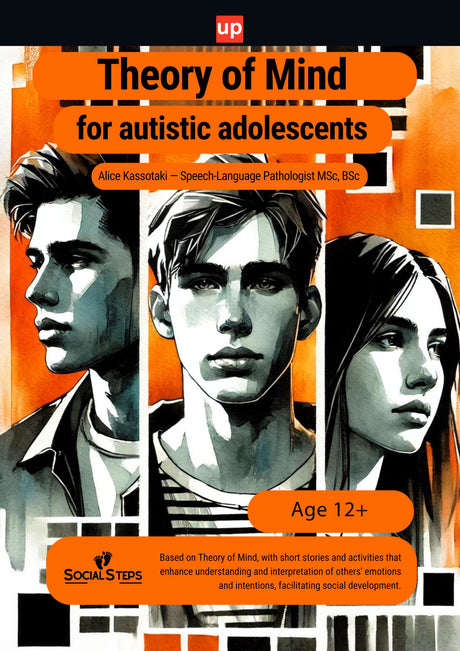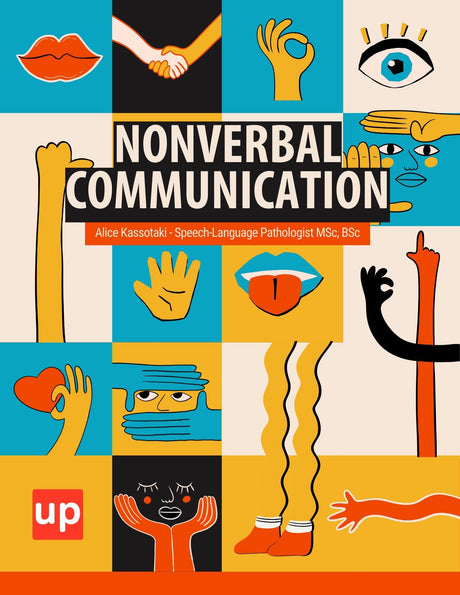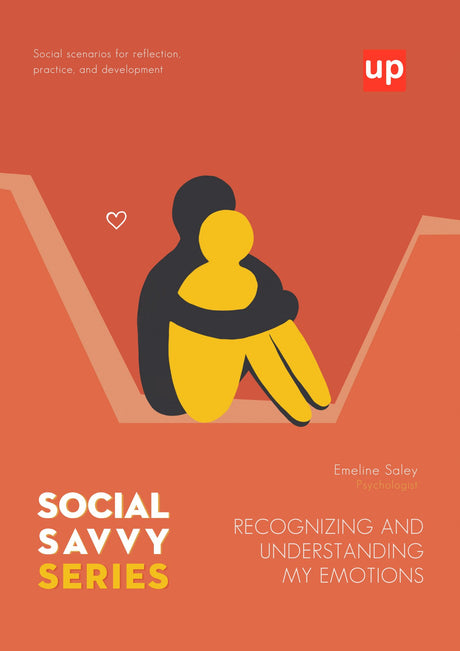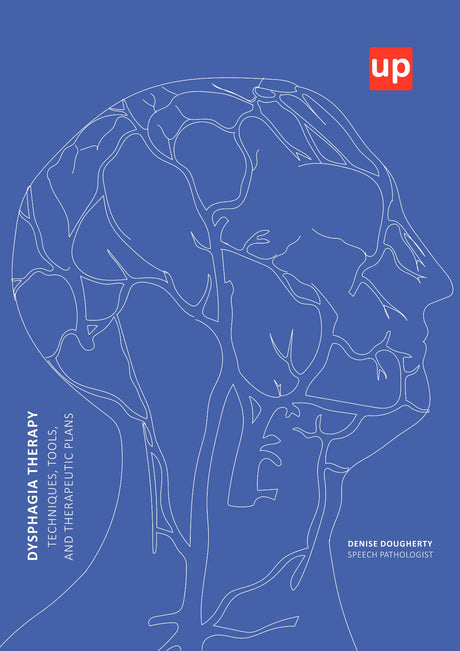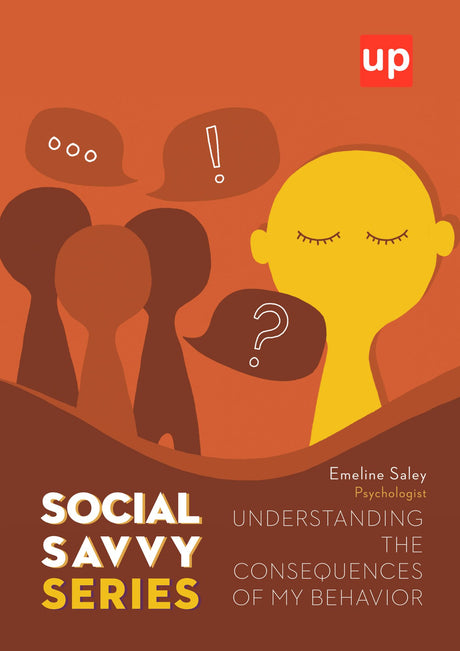Understanding the body language of autism helps improve communication. This article covers unique autistic cues, the challenges they pose, and strategies for parents and educators to support social interactions.
Key Takeaways
- Body language is critical for enhancing communication skills in autistic individuals, but they often face challenges in interpreting non-verbal cues.
- Effective teaching methods for body language include structured learning techniques and the use of visual tools, which cater to the unique learning styles of autistic children.
- Recognizing the differences in empathy and communication styles between autistic and non-autistic individuals can improve social interactions and support development.
The Role of Body Language in Autism

Body language plays a crucial role in human communication, conveying emotions and intentions that words often cannot. For those with autism spectrum disorder, grasping and using body language can greatly enhance social interactions and communication skills. Facial expressions and other non-verbal cues are a vital part of these interactions, conveying emotions and meanings that might not be explicitly stated.
Many autistic individuals study body language to better understand social interactions, enhancing their communication skills and helping them navigate social situations more effectively. For instance, recognizing a smile or a frown can provide context to an ongoing conversation, making it easier for them to respond appropriately.
However, the journey to mastering body language is often fraught with challenges for those on the autism spectrum. Their unique processing differences mean that they might interpret or express body language differently than neurotypical individuals. This makes the role of body language in autism not just important but also deeply complex.
Challenges Faced by Autistic Individuals
Autistic individuals often face significant challenges in recognizing and interpreting body language. Their unique processing differences can make it difficult to link body language cues with the emotional states of others, leading to misinterpretations and communication challenges. For instance, an autistic person might not readily interpret crossed arms as a sign of discomfort or defensiveness.
These behavioral challenges are compounded by the variability in body language interpretation influenced by factors such as culture, gender, and personal experiences. Children with autism may particularly struggle to naturally grasp body language due to differences in social and cognitive development, leading to more difficulty in forming social connections and experiencing emotional distress when misunderstood.
Recognizing Autistic Body Language

Recognizing autistic body language involves understanding certain unique behaviors and expressions. One common characteristic is stimming, which includes repetitive movements like hand-flapping or rocking. These behaviors help autistic individuals regulate their emotions and sensory input.
Another notable aspect is discomfort with eye contact, which can affect their ability to engage in conversations. Autistic body language varies widely among individuals, influenced by culture, gender, age, ethnicity, and neurodevelopmental disorder.
By recognizing these relevant facial expressions, parents and educators can better support autistic individuals in their social interactions with typically developing peers.
Teaching Body Language to Autistic Children
Teaching body language to autistic children helps them understand social cues and interactions. Since many children with autism struggle to naturally grasp body language, explicit instruction becomes necessary. Structured programs that teach strategies to interpret body language can significantly improve their social skills.
There are two effective methods for teaching body language: structured learning techniques and visual tools. These approaches cater to the unique learning styles of autistic children, providing them with the tools they need to navigate social situations more confidently.
Structured Learning Techniques
Structured learning is crucial for teaching body language to skilled autistic children. Breaking it down into identifiable components can assist them. This approach helps them recognize emotions and intentions more clearly. For example, teaching a child to recognize that a smile indicates happiness can be a significant step in improving their social interactions.
Children thrive in learning environments that are consistent and well-organized, just like other children. Combining a structured approach, identifiable components, and an organized environment enhances their understanding of body language and supports a child’s ability to learn. This method not only aids in learning but also helps to reduce stress by providing a predictable framework for social interactions and building rapport.
Using Visual Tools for Teaching
Visual aids significantly enhance the learning process for autistic individuals. These tools aid recognition and reinforce learning, making abstract concepts like emotions more concrete. For instance, posters and flashcards can effectively teach emotional expressions linked to body language.
Using visual supports can greatly enhance children’s comprehension of non-verbal communication during practice. Visual teaching tools not only aid in understanding but also support individuals by providing a reference that children can revisit as needed, reinforcing their learning over time.
Enhancing Communication Skills Through Practice
Practicing body language can significantly enhance communication skills for individuals with autism. Interpreting and using body language helps individuals with autism communicate emotions and intentions more clearly, which is vital for social interactions.
Two effective methods to practice body language skills are role-playing scenarios and non-verbal communication techniques. These approaches provide a controlled environment for autistic individuals to practice and improve their social skills, building confidence and reducing anxiety.
Role-Playing Scenarios
Role-playing effectively helps autistic children practice social scenarios. Simulating real-life situations allows them to build confidence and enhance communication skills. For example, a role-playing scenario involving a birthday party can help a child practice greeting others and responding to social cues, playing a significant role in their development.
Incorporating role-playing can help autistic individuals practice and enhance their body language skills in social scenarios. This method allows them to experience different perspectives and understand the social information conveyed through body language.
Non-Verbal Communication Techniques
Non-verbal communication techniques are crucial for effective communication in autistic individuals. Good posture, for example, can enhance confidence and improve nonverbal communication skills. Children develop pre-language skills such as eye contact, gestures, and body movements before they start communicating with words.
Other essential techniques include making eye contact, using gestures, displaying facial expressions, and respecting personal space. Examples of confident stances for children with autism include standing tall, shoulders back, and feet shoulder-width apart. These techniques can greatly enhance their ability to communicate non-verbally.
Unique Expressions in Autistic Body Language

Autistic body language often includes unique expressions that differ from neurotypical behaviors. Certain movements, such as repetitive movements known as stimming, like hand-flapping or flapping arms, or rocking, are common and help manage sensory input and emotions. These behaviors are not distractions but essential self-regulation tools.
They may adopt unconventional communication styles, making their body language distinct from neurotypical expressions. For instance, children with autism may struggle to express emotions through body language, complicating their social interactions. Recognizing these unique expressions can help in understanding and supporting autistic individuals better.
Empathy and Understanding in Autism
In autistic individuals, empathy operates differently compared to non-autistic individuals. These differences impact how autistic individuals interpret and use body language during social interactions. Recognizing individuality in autistic communication styles can help parents and educators foster better interactions and create an inclusive environment.
For parents of autistic children, understanding empathy is key to enhancing interactions. By appreciating these differences, parents and educators can better support autistic individuals in their social and emotional development.
Analytical vs. Emotional Empathy
Autistic individuals typically demonstrate analytical empathy, which involves a cognitive understanding of others’ emotions rather than a shared emotional experience. In contrast, non autistic people often exhibit emotional empathy, characterized by an instinctive emotional resonance with others’ feelings and a deeper understanding of their own feeling. This difference can make it challenging for autistic individuals to understand how others may feel and experience emotion.
This distinction results in significant social differences in social interactions and relationships. Understanding and appreciating these differences can improve communication and foster more meaningful connections between autistic and non-autistic individuals.
Supporting Autistic Individuals

Recognizing the unique traits of autistic body language helps parents and educators foster better social connections. Difficulty interpreting nonverbal communication can hinder relationship-building for individuals with autism, increasing stress and anxiety. Teaching body language reduces frustration and enhances self-expression in autistic children.
Individualized approaches can improve social interaction skills for children with autism. Being aware of their processing differences is crucial for this improvement. Parents can support their children with autism by concentrating on posture and confidence. Additionally, utilizing nonverbal communication techniques can be beneficial.
Individualized Support Strategies
Personalized support strategies are essential for addressing the unique communication needs of autistic individuals. Using pictures and symbols as visual aids in communication plans can be highly effective. Providing regular reinforcement for successful communication also supports autistic individuals in their social development.
A tailored approach ensures effective communication and understanding, meeting the diverse needs of autistic individuals. These strategies can significantly improve their ability to engage in social interactions and build meaningful relationships.
Future Directions in Autism Research
Future research in autism should focus on understanding how autistic individuals process social cues and movements. Developing social skills is a key implication for autism therapy and research directions.
Significant ongoing contributions to autism research include the Autism CARES program and studies on molecular, genetic components, and behavioral therapies conducted at the Autism Centers of Excellence. These efforts aim to improve outcomes for autistic individuals and their families.
Upbility provides valuable resources and tools specifically designed to support individuals with autism, their families, and educators. By offering structured learning programs, visual teaching aids, and practical guides, Upbility helps improve communication skills and social interactions for autistic individuals. Their materials are tailored to meet the unique needs of those on the autism spectrum, facilitating better understanding and engagement in various social contexts. Through these resources, Upbility plays a significant role in enhancing the quality of life for autistic individuals and their communities.
Summary
Understanding and interpreting autistic body language is crucial for enhancing communication and social interactions. By recognizing the unique expressions and challenges faced by autistic individuals, parents and educators can better support them in their social and emotional development.
Empathy and understanding play significant roles in fostering inclusive environments. With ongoing research and personalized support strategies, we can continue to improve the lives of autistic individuals and their families.
Original content from the Upbility writing team. Reproduction of this article, in whole or in part, without credit to the publisher is prohibited.
Frequently Asked Questions
Why is it important to understand autistic body language?
Understanding autistic body language is essential as it enhances communication and social interactions, fostering better relationships and inclusivity. Recognizing these non-verbal cues enables more effective engagement with individuals on the autism spectrum.
What are common challenges faced by autistic individuals in interpreting body language?
Autistic individuals commonly struggle to interpret body language due to distinctive processing differences that hinder their ability to associate nonverbal cues with emotions. This can lead to misunderstandings in social interactions.
How can role-playing scenarios help autistic children?
Role-playing scenarios significantly aid autistic children by enabling them to practice social skills in a safe setting, which in turn enhances their confidence and comprehension of communication. This structured approach facilitates their social development effectively.
What are some effective non-verbal communication techniques for autistic individuals?
Effective non-verbal communication techniques for autistic individuals include making eye contact, using clear gestures, expressing emotions through facial expressions, and being mindful of personal space. Implementing these strategies can significantly enhance their interactions and understanding.
What future directions should autism research take?
Future autism research should prioritize understanding social cue processing and developing effective social skills, along with exploring molecular, genetic, and behavioral therapy aspects. This holistic approach will enhance support for autistic individuals.
References
-
American Psychiatric Association. (2022). Diagnostic and Statistical Manual of Mental Disorders (5th ed.). Arlington, VA: American Psychiatric Publishing.
-
Attwood, T. (2015). The Complete Guide to Asperger's Syndrome. Jessica Kingsley Publishers.
-
Baron-Cohen, S. (2008). Autism and Asperger Syndrome. Oxford University Press.
-
Grandin, T., & Panek, R. (2013). The Autistic Brain: Thinking Across the Spectrum. Houghton Mifflin Harcourt.
-
Howlin, P., & Charman, T. (2011). The ASCEND Study: Autism Spectrum Conditions: Enhancing Nurture and Development. Journal of Developmental Disorders, 41(5), 597-605.
-
Klin, A., Jones, W., Schultz, R., & Volkmar, F. (2003). The Enactive Mind, or from Actions to Cognition: Lessons from Autism. Philosophical Transactions of the Royal Society B: Biological Sciences, 358(1430), 345-360.
-
National Institute of Mental Health. (2023). Autism Spectrum Disorder. Retrieved from https://www.nimh.nih.gov/health/topics/autism-spectrum-disorders-asd
-
Pelphrey, K. A., Shultz, S., & Hudac, C. M. (2011). Research Review: Constraining Heterogeneity: The Social Brain and its Development in Autism Spectrum Disorder. Journal of Child Psychology and Psychiatry, 52(6), 631-644.
-
Volkmar, F. R., & Wiesner, L. A. (2009). A Practical Guide to Autism: What Every Parent, Family Member, and Teacher Needs to Know. John Wiley & Sons.




